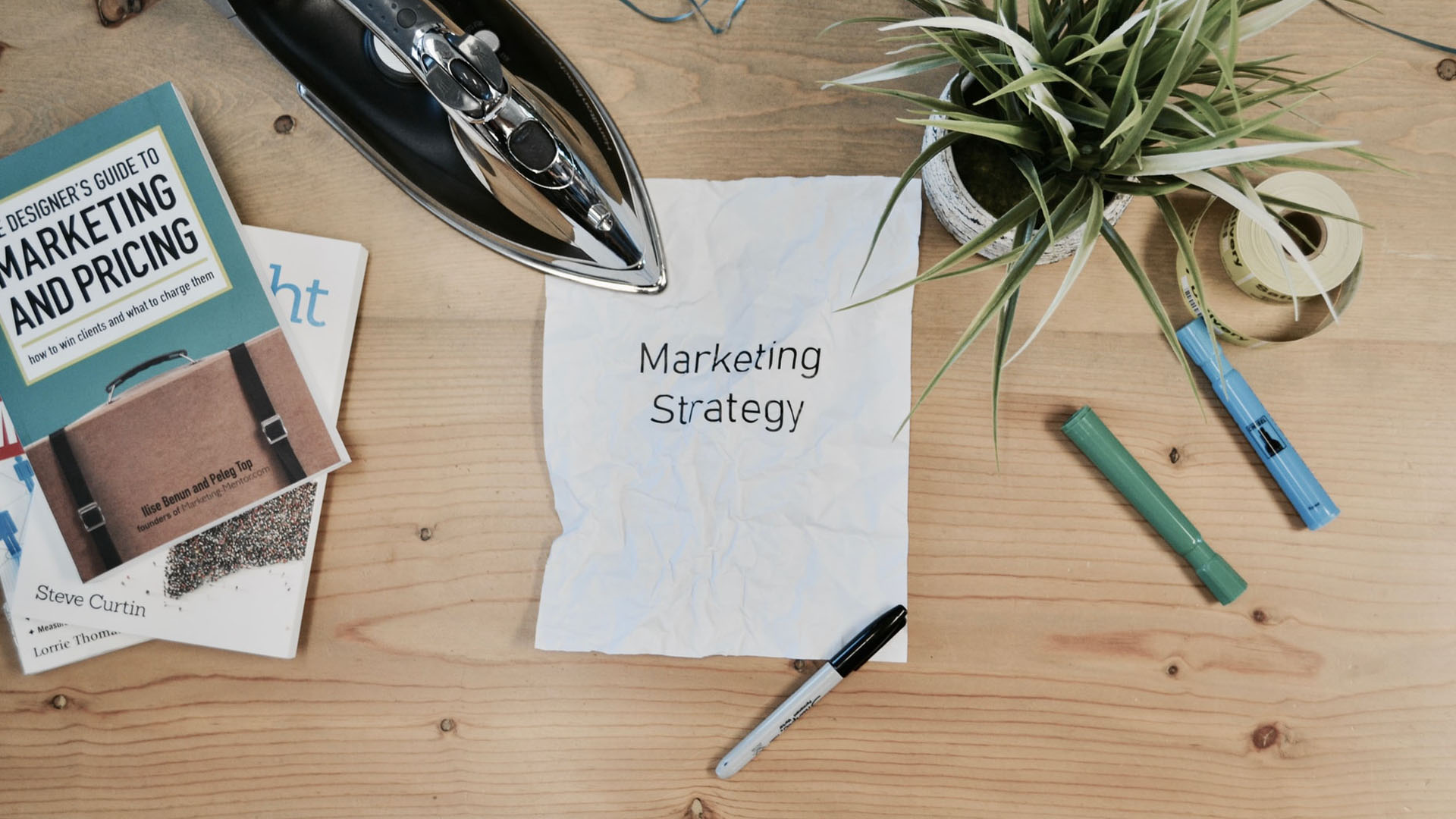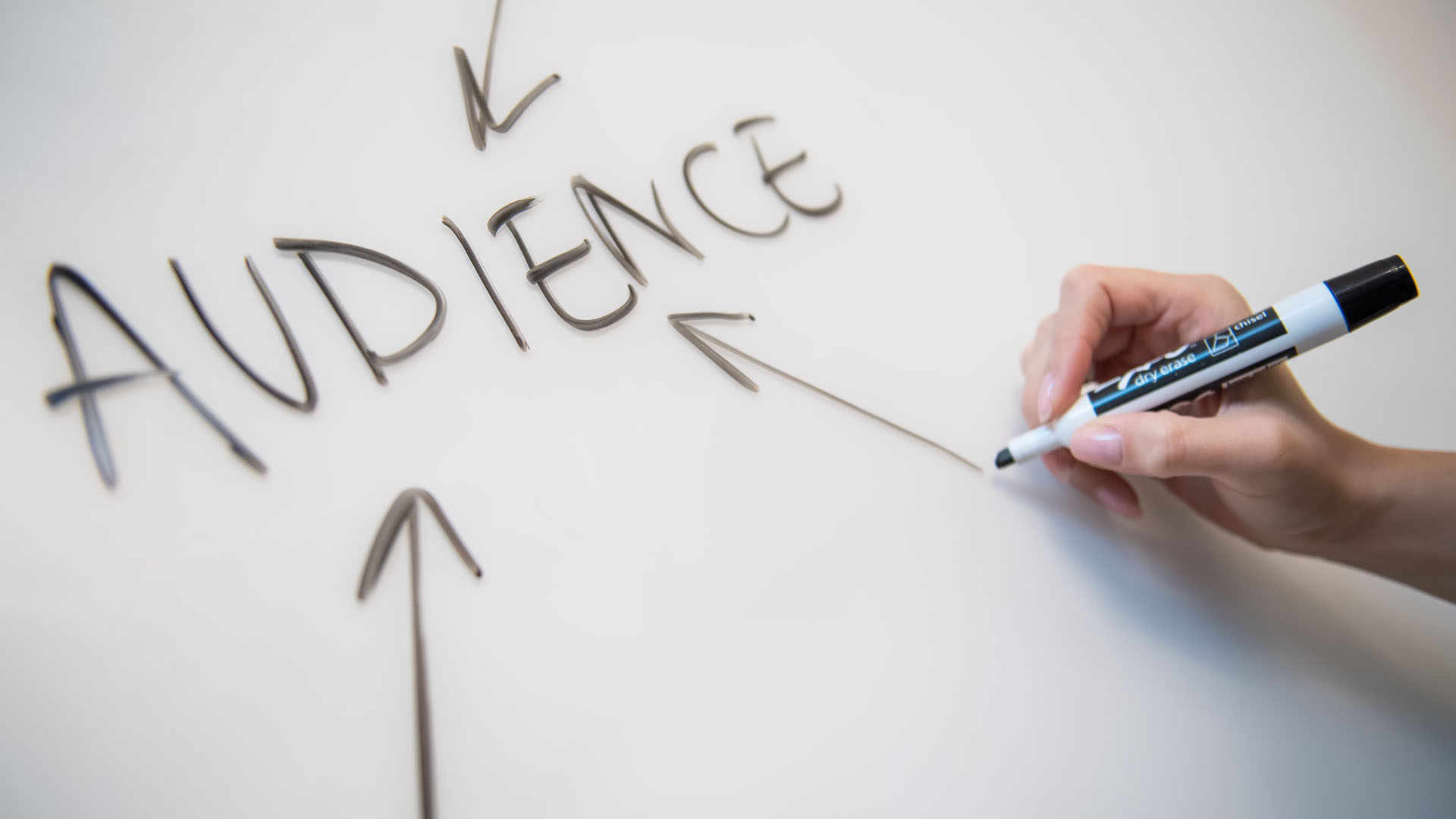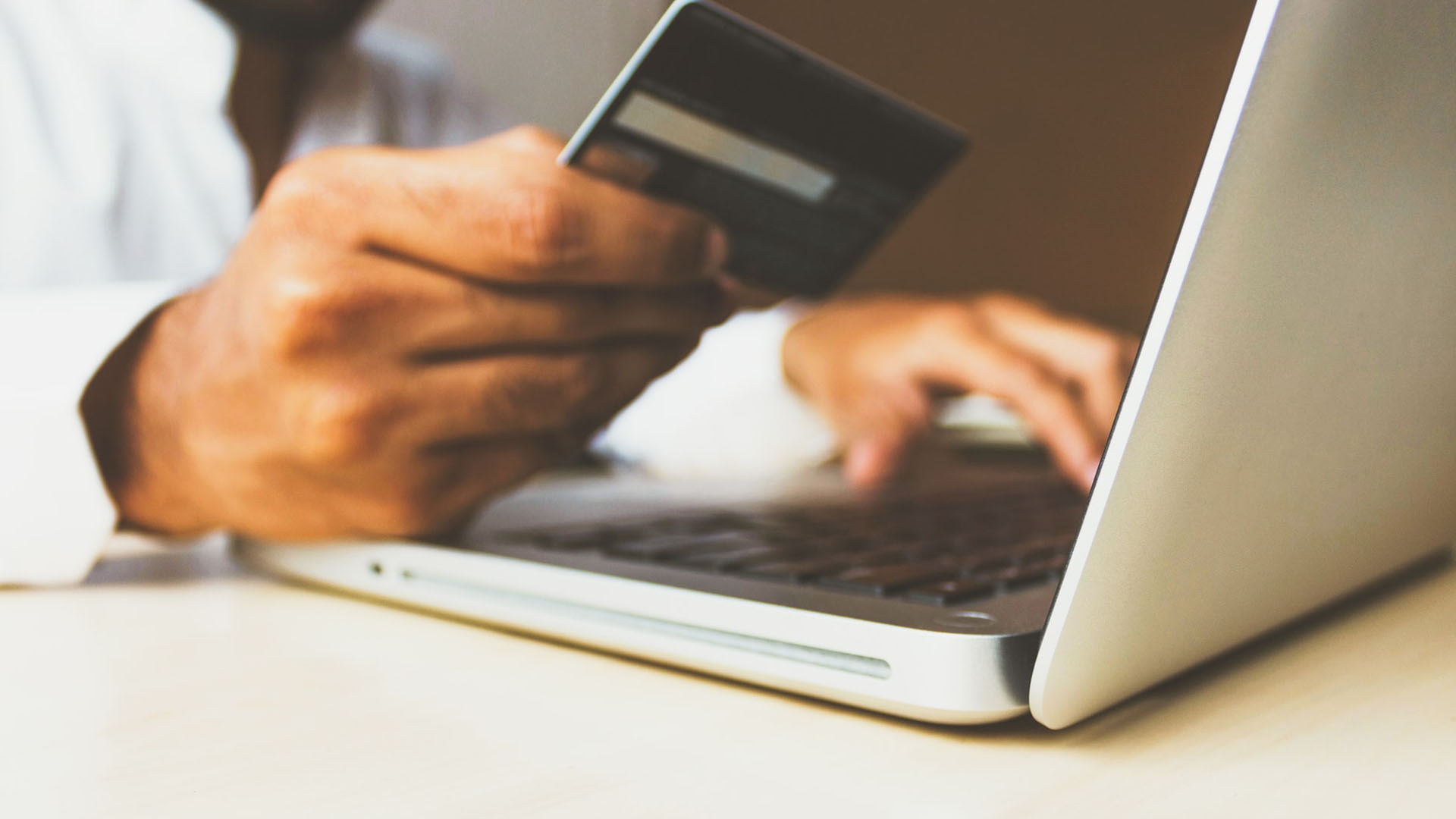What is a marketing funnel and how does it work?

What is a marketing funnel?
Persuading a customer to buy from your business isn't easy. It's a multi-step process that involves raising awareness, generating customer interest, guiding customers, and getting them to purchase.
We can visualize this process as a "marketing funnel"—at the top of the funnel, people have just learned about your business. As they move through the funnel, potential customers will drop off at each stage, until you arrive at the bottom of the funnel, when you have a handful who decide to purchase.
A marketing funnel is a vital part of your marketing strategies. Through understanding your customer journey and mapping out your funnel, you can ensure that your marketing is focused and effective. Utilize the best CRM software to align your customer actions with the funnel's stages too.
There are several types of marketing funnels, but they all have the same goal: to convert visitors into customers. But, how do you get people to the bottom of that funnel? And how do you make sure they end up buying from you?
Each stage requires a different approach. To succeed in each stage, you need to build trust, offer great value, and stand out from your competitors. You can also use the best content marketing tools and software to optimize your funnel and increase your sales.
We’ll walk you through how to use a marketing funnel and deliver the right message at the right time.
TOFU, MOFU, and BOFU

TOFU isn't just an incredibly versatile soy protein, it's also a term marketers use for "Top Of Funnel" marketing. This represents the earliest parts of a buyer's journey, when they're first learning about your business.
After this, they move to MOFU, or "Middle Of Funnel" marketing, when leads are learning more about your products.
Finally, you get to BOFU, or "Bottom Of Funnel" marketing, when you persuade them to buy. Each marketing funnel has different stages that align with TOFU, MOFU, and BOFU.
AIDA and different types of marketing funnels
There are several types of marketing funnels. They can be based on your overall strategy, the marketing channels you're using, your marketing software and tools, what you're selling, and several other factors.
In this guide, we'll be covering one of the most proven and useful models: the AIDA funnel. AIDA is great because you can easily apply it to many different strategies, channels, tools, products, and more. Its basic principles hold true across almost all types of traditional and digital marketing. It's an excellent model to build out from as you nail down and refine your approach.
The steps of the AIDA funnel are:
- Awareness: make people aware of your business, products, and services (TOFU)
- Interest: provide your audience with information on your business and offerings (MOFU)
- Desire: create a deeper connection with your products and services (MOFU)
- Action: get customers to buy (BOFU)
Once you have the basics of AIDA down, you can implement it into your favorite marketing software.
Sign up for breaking news, reviews, opinion, top tech deals, and more.
Awareness: telling people about your business

Raising awareness is at the very top of the marketing funnel. It's a TOFU approach based on generating leads for your business.
Here are some of the strategic factors that play into this marketing funnel stage:
- Intent: get the word out about your business, products, and services, and encourage people to visit your website or get further information
- Audience: anyone who might be interested in your business and what you're selling
- Challenge: your potential audience doesn't have any awareness of your business's existence, or what you can do for them
- Avoid: unclear messaging and a lack of consistency between marketing channels
- Approach: identify who your potential audience is and where they spend time, then use different marketing channels to share information about your business, products, and services
- Success factors: people see and react to your marketing messages, and want to learn more about your business offerings
We've covered marketing channels in some depth in our Marketing 101 guide outlining marketing basics for small business owners. This will help you develop an effective marketing strategy, and the right mix of channels to raise awareness.
As people move through the awareness stage, some of them will want to find out more. This is when they move into the second part of the funnel.
Interest: providing information on your business, brand, products, and services

Once you have eyes on your website, or you're providing information elsewhere, it's time to move on to the second marketing funnel stage. Creating interest is a MOFU concept, and helps you to nurture your leads.
Here are some strategic factors to help you generate more interest:
- Intent: share information about the features and benefits of your products and services
- Audience: curious leads who want to discover more about what you do, and how you can help them
- Challenge: you're unproven, they don't know anything about your products and services, and they're probably comparing you to your competitors
- Avoid: bold statements or outrageous promises about how great your products are
- Approach: define the features and benefits of your products from a customer's perspective; show how your products can solve their problems and meet their needs; create content that informs, educates, answers questions, and builds trust
- Success factors: potential customers get a better understanding of how you can help them, and consider you in a favorable way against your competitors; you create trust in your brand and business offerings; customers are weighing up their options
Always think about the usefulness of your content—does it inform and educate them, and clearly connect their needs to what your business does? Is your content relevant to their interests, and does it show your brand in the best possible way? Are you defining the value of your products and services so that they're meaningful and understandable to the customer?
If you get this right, you'll move your most interested customers to the next stage in the marketing funnel. There, you can connect with their emotional needs.
Desire: creating an emotional connection with customers

Customers are now well through the mid-funnel stages, and are approaching the bottom of the funnel. This stage is about going from "this is interesting, I like it" to "this is great, I want it". That means building emotional interest—clearly linking your products to a customer's aspirations, satisfaction, or relief from difficulties and frustrations.
- Intent: create compelling reasons and proof that your products and services will make a customer's life better
- Audience: customers who have almost committed to purchasing, but need a little more encouragement to hit the buy button
- Challenge: you need to identify a customer's motivations and speak to their needs and values
- Avoid: overly generic content at this stage, or content that does not address very specific needs
- Approach: really think about audience personas and the driving factors for their decision-making; provide much deeper information about your products so customers can do an in-depth evaluation; engage with customers on social media and other channels to present your brand in an authentic and caring way; focus on answering the question "what's in it for me?" from your customers
- Success factors: customers are convinced that your products and services are the right solution for their needs; they have confidence in your brand and business, and are almost ready to buy
There are various approaches you can use to nudge your customers that little bit further. Provide customers with testimonials and case studies that illustrate your products' and services' unique advantages. Interact on social media, and create a buzz about your brand.
Think about the stories you want to tell about your services and brand. Show your customer how much they'll love your products. Give them more information about your products and services, including pricing. Use videos to demonstrate your product in action.
It's almost time.
Action: getting customers to spend money on your products and services

You're at the very bottom of the funnel. This final stage is when you get the customer commitment and the credit card number. Your aim here is to create some urgency to purchase now, and to make everything as simple, easy, and friction-free as possible.
- Intent: get the customer to take the final action of purchasing
- Audience: customers who are ready to buy
- Challenge: get the customer to follow your calls to action, buy now, input their payment details, and check out
- Avoid: clunky and inconvenient purchasing or signup processes
- Approach: you need to give final incentives to have people take that last step; this might be through offering free shipping, providing several payment options, personalization, or other motivating factors
- Success factors: customers complete the call to action—through making a payment, signing up for a trial, getting in touch with your sales department, or some other defined action
Remember that your marketing efforts don't end here. Every interaction with the customer after this point is a chance to delight them—great customer service, follow-up messaging, prompt delivery, and high-quality products and services all play an important role.
Focusing on aftercare will help you get good reviews, create great word-of-mouth and advocacy, and drive up the likelihood of them becoming a repeat customer.
We hope this guide has provided a helpful foundation for developing your own marketing funnels. Remember that you can easily tailor a marketing funnel to your exact needs. Although the AIDA tunnel is a useful and proven starting point, you can evolve your own marketing strategies.
The key here is experimentation, so you can try slightly different approaches to test what gives you the best ROI, and build from there.
Further reading on digital marketing
If you're a B2B marketing manager looking into marketing automation, it's best to look into what B2B marketing automation is, and learn how automated digital marketing can help your small business out.

Paul is a professional writer who creates extensively researched, expert, in-depth guides across business, finance, and technology. He loves the challenge of taking complex subjects and breaking them down so they are easy to understand. He can quote 'The Princess Bride' in its entirety and believes the secret to good writing is Earl Grey tea.